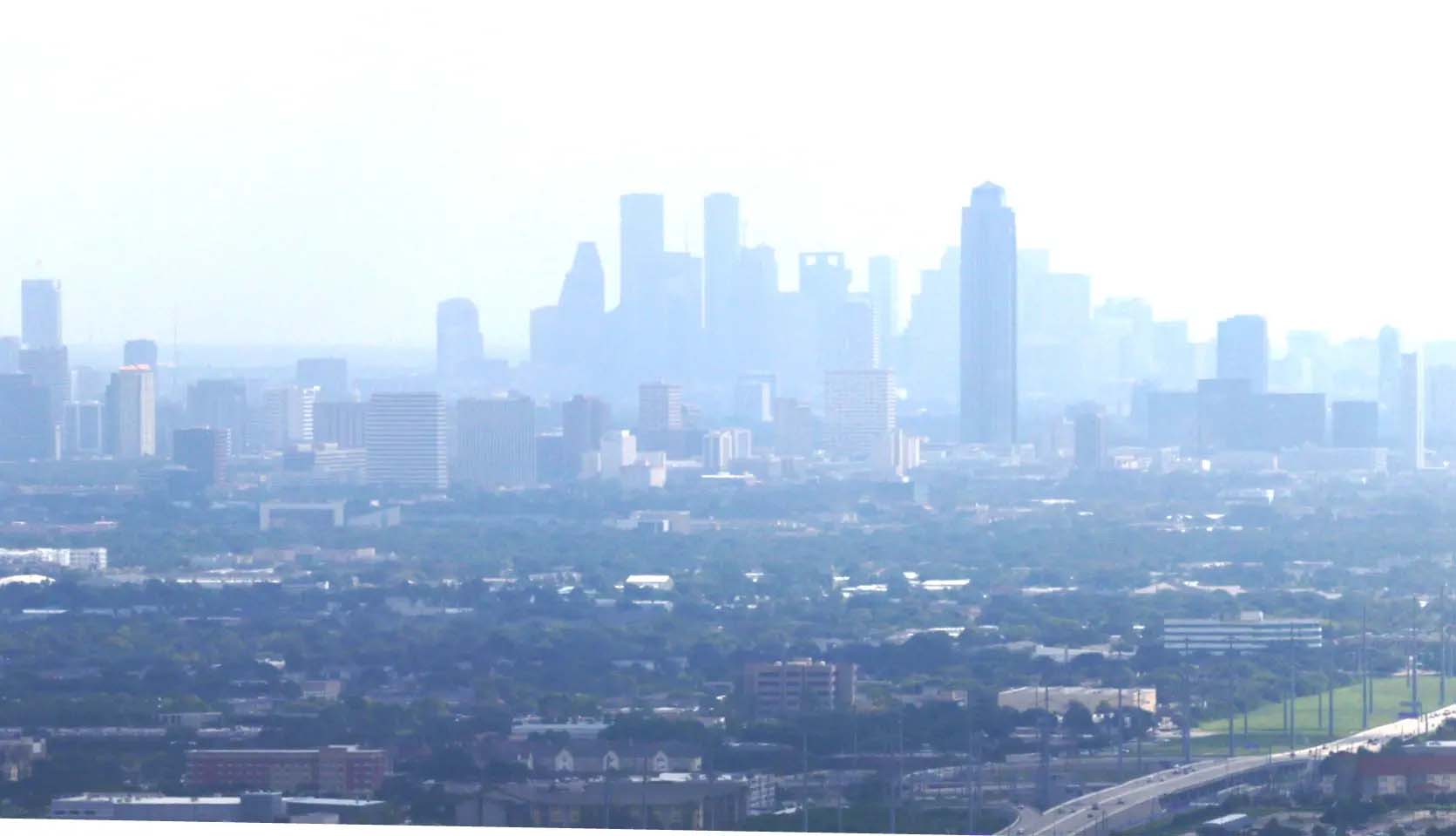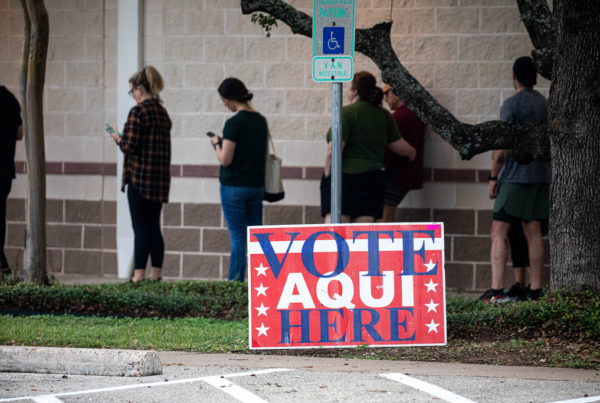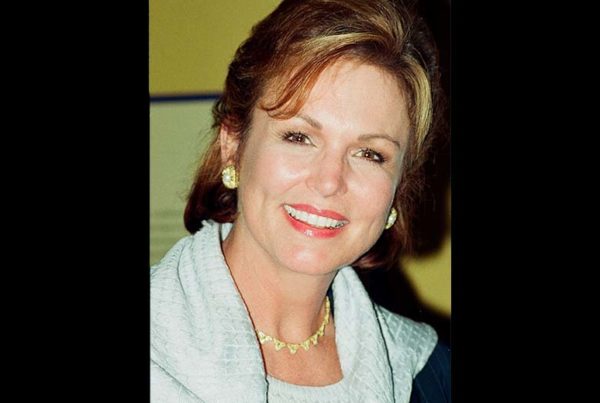From Houston Public Media:
The greater Houston area has been deemed a “severe” violator of federal ozone standards, meaning the state will have to take steps to reduce ozone pollution in the region.
Houston is one of five metropolitan areas across the country – including Dallas – that failed to meet the EPA’s 2008 ozone standards, according to a recently-published notice in the Federal Register.
The EPA takes a city’s fourth worst ozone day of the year and averages across three years to evaluate whether it’s exceeding the limit of 75 parts per billion. The Houston region has been hovering around a concentration of 79 parts per billion, according to the EPA.
That also means the Houston area is failing the more recent – and more stringent – 2015 standard of 70 parts per billion.
“We’re not getting worse, but just the longer this lasts of not meeting an old standard, the more that EPA ratchets up the rules for the region,” said Dan Cohan, an atmospheric scientist at Rice University.
Ground-level ozone, or smog as it’s commonly referred to, is formed when types of chemicals called volatile organic compounds and nitrogen oxides react in the air. Industrial facilities and exhaust from cars and other vehicles are two of the biggest sources of these pollutants. But they also need heat and sunlight to react, which is why ozone pollution is worse in the summer.
“When the air gets really stagnant and hot in the Houston region, we get violations of the standard,” said Cohan.
Ozone pollution in the Houston area has gotten significantly better in the past three decades, dropping by 36% since 1991, according to data from the Texas Commission on Environmental Quality. But improvement has stalled in recent years.
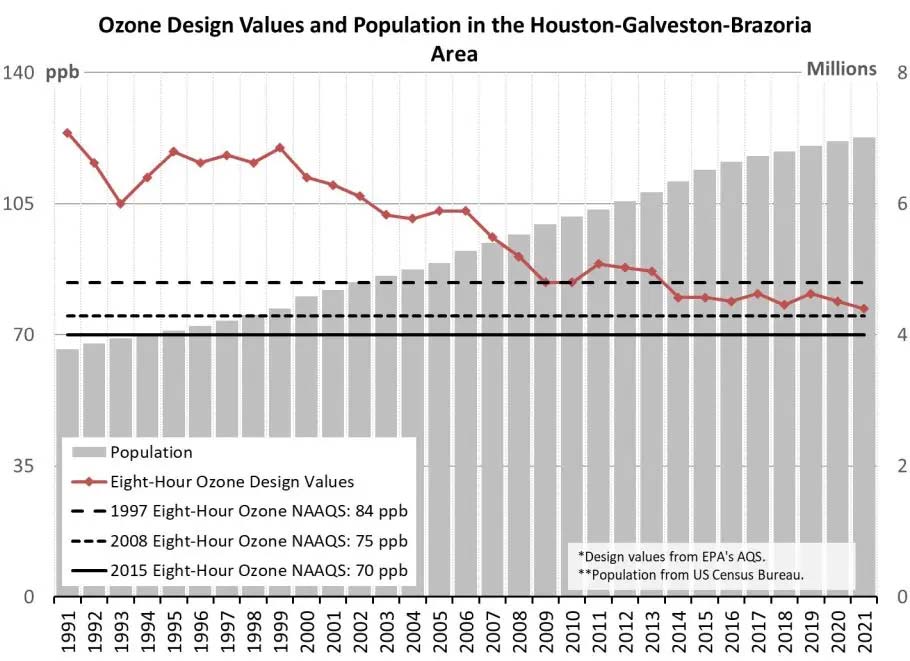
Ozone pollution has dropped 36% since 1991, but progress has stalled in recent years.
Courtesy of TCEQ
“A lot of the low-hanging fruit, a lot of the easiest things to do to clean up emissions have been addressed,” Cohan said. “We’re sort of stuck in this holding pattern where our smog levels remain about 10% above where the latest EPA standard requires it to be, and that last 10% is just really really hard to control.”
Cohan said he thinks the biggest progress will come once a majority of the vehicles on the road are electrified and society has moved towards more renewable energy sources.
“It’s just a very difficult level to get to until we get to the point where we’ve electrified the majority of our vehicles and we really moved to a much cleaner economy,” he said.
Victor Flatt, an environmental law professor at the University of Houston, said he thinks there’s more the state could be doing in the meantime.
“It really just depends on the creativity of the state and the local government,” Flatt said.
Flatt said one reason progress has stalled is that the fracking boom has led to more chemical plants popping up in the greater Houston area.
“Even if they’re putting on the equipment that they’re required to put on for a new source, the fact that you have so many of them and so many more coming in, just means that you’re going to have more of those ozone-forming pollution compounds,” he said. “They may have to figure out ways to try to ratchet some of that down.”
Flatt said that could include ramping up inspections to try to further tamp down on leaks.
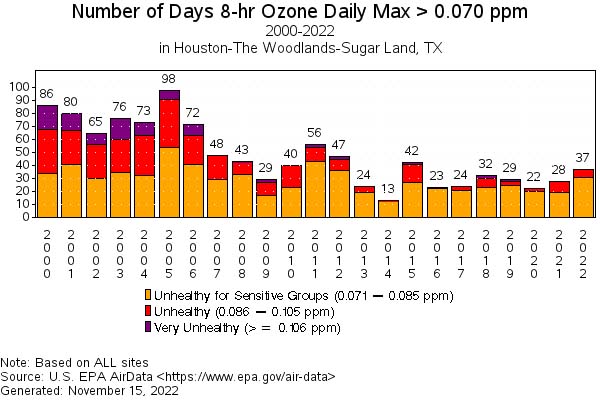
The number of high ozone days in the Houston area, dating back to 2000.
Courtesy of EPA
Jennifer Hadayia with the nonprofit Air Alliance Houston said more emphasis on enforcement and higher penalties would also help.
“We’ve stalled in the more recent future because the solutions have not been bold,” she said. “They have not held polluters truly accountable.”
Along with addressing industrial polluters, Hadayia hopes the state plan will also tackle transportation.
“We need to reduce all of the funding and priority on highway expansions that just put more of those combustible engines on the road, and move into a direction that reduces the smog spewing cars,” she said.
The state, for example, has come under fire by environmental groups and local government officials for its plan to expand Houston’s I-45 freeway.

Denver Harbor resident Rita Robles has suffered from asthma her whole life. She recently installed an air monitor at her home so she can regularly check the air quality on an app on her phone before heading outside.
Katie Watkins / Houston Public Media
Breathing in ground-level ozone pollution can irritate and inflame the lungs, making it harder to breathe. It’s especially harmful to people with lung diseases such as asthma.
Denver Harbor resident Rita Robles, who has had asthma her whole life, said she pays close attention to when the state sends out alerts that ozone levels will be high.
“On those days, I have to try to plan my day accordingly and stay in as much as possible,” she said.
When she does have to go outside on high ozone days, Robles said she feels the effects in her lungs.
“For me, it feels like there’s this heavy weight on my chest, I guess you would say like an elephant or somebody sitting on your chest,” she said. “And you’re trying to expand your lungs, you’re trying to breathe in, and you can only go so far because they’re compromised. And so it’s scary.”


